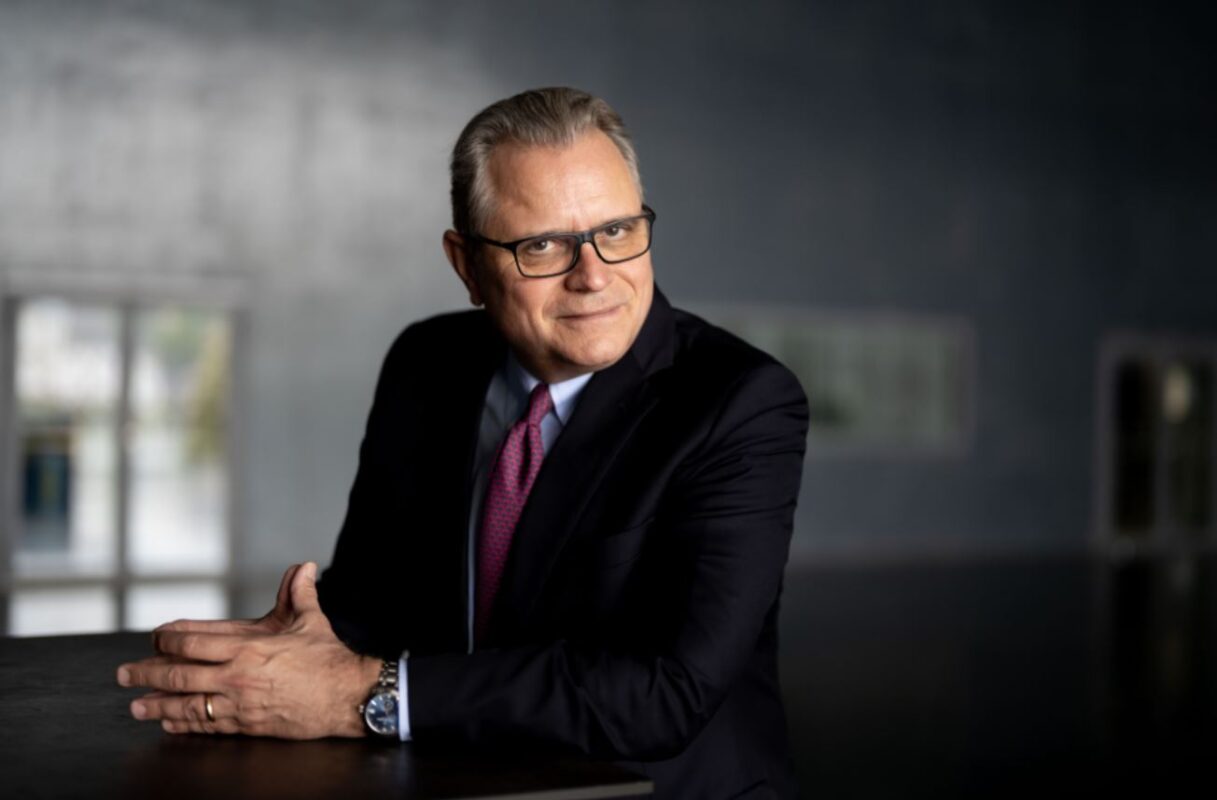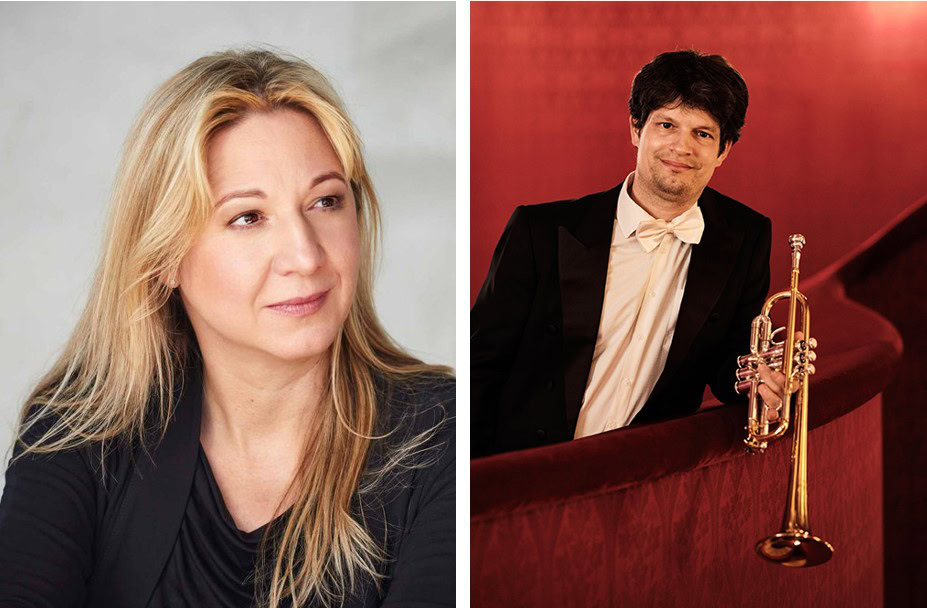Symphony No. 7
Beethoven every Friday: to mark his 250th birthday, we take a look at one of his works every week. Today it's the Symphony No. 7 in A major.

Of all the musical parameters in Ludwig van Beethoven's 7th Symphony op. 92, rhythm is undoubtedly at the forefront: each of the four movements is closely linked to motif-like figures of movement that lend the work an energetic pulse - from the occasionally bouncing 6/8 Vivace of the weighty opening movement to the power-packed, racing finale. Richard Wagner therefore called the composition a "Apotheosis of the dance", a term he used less to indicate a possible choreography than to capture the general gesture of the score in words.
The emotional center of the symphony, however, is the second slow movement, marked Allegretto (somewhat fast). With its sunken, striding tone, it marks a tragically motivated funeral march, from which Beethoven only emerges in two sections - similar to a repeated trio - into a lighter A major, carried melodically by the clarinets and bassoons. An openly fading chord in the wind harmony solemnly frames the movement at the beginning and end. The funeral march is characterized above all by its sustained basic rhythm (long - short - short), which is complemented motivically by two subsequent long notes; it is also reflected in the work's nickname, which is still common in France, of Symphonie dactylique reflected. At the first performances, just a few months after the victory over Napoleon at the Battle of Leipzig, which was won with considerable losses, the contemporary audience listened to the symphony with open ears and immediately understood the tragedy expressed in the Allegretto. This affinity for Vienna is documented by a report in the Leipzig General Musical Newspaper. The audience is said to have demanded a dacapo that is almost unimaginable in concert today: "The Andante ! (A minor) had to be repeated every time and delighted connoisseurs and non-connoisseurs alike."
The extent to which the movement is still able to evoke similar connotations today is shown by its use as film music for apocalyptic scenes - not in an illustrative sense, but as a sonic realization of inner turmoil. This applies, for example, to The King's Speech (2010). Beethoven's music is set to the radio address by the British King George VI, in which he - already aware of the countless victims - justifies the country's entry into the Second World War to his people. The only slightly abbreviated movement is also used far more dramatically in Knowing - The future ends now (2009), when Nicolas Cage (alias John) gets into his car shortly before the earth goes up in a sea of flames, inserts a CD and makes his way to his parents, acoustically shielded from the desperate mob looting in the inferno. The funeral march is not integrated into the actual plot, but more fundamentally into the philosophical and theological play of ideas in The Man from Earth (2007) - as a musically meaningful answer to the question: "Do you believe in the future of humanity?"
Listen in!








